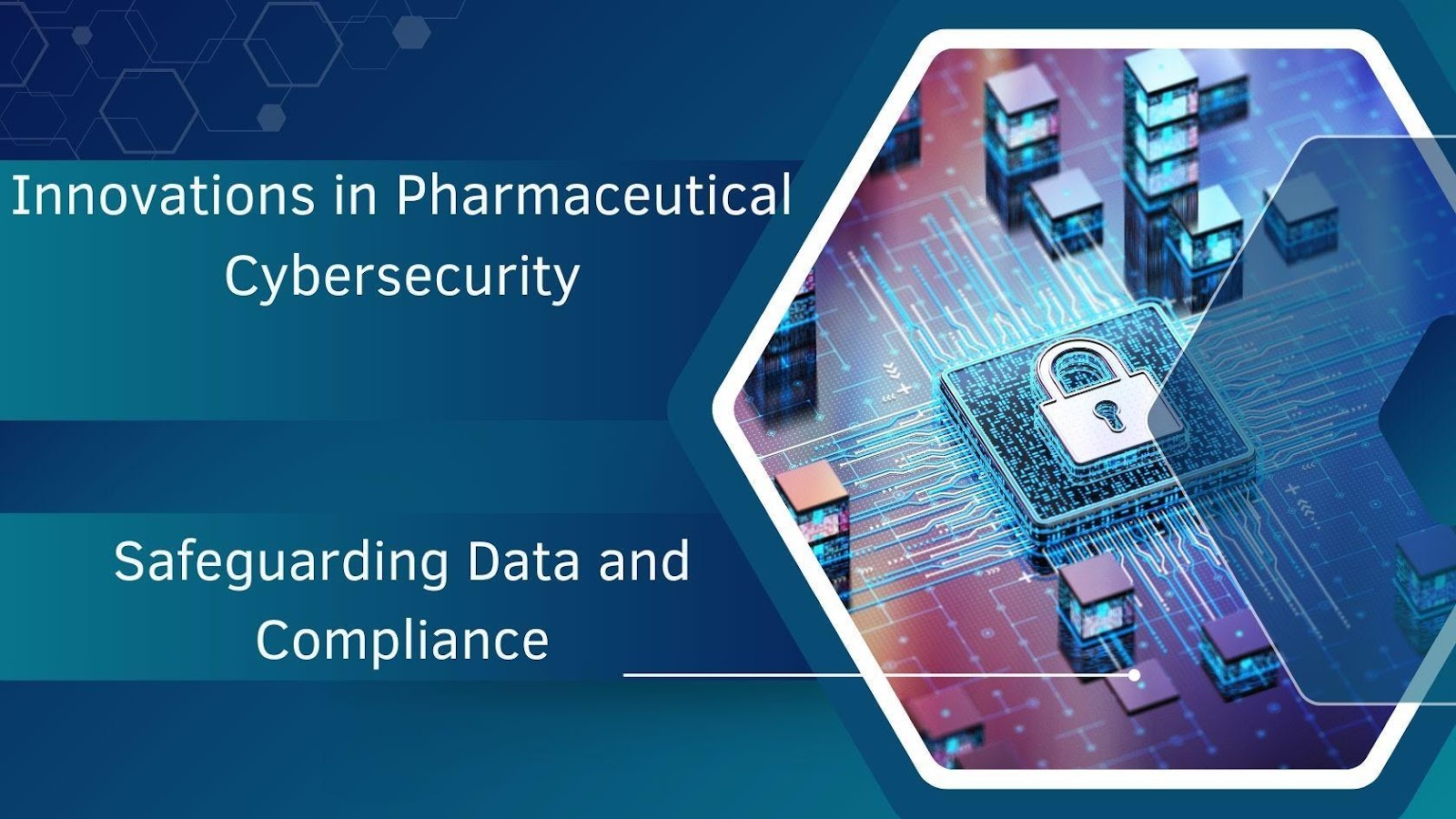In the rapidly evolving digital era, the pharmaceutical industry faces significant cybersecurity challenges, where data integrity and compliance hold paramount importance. These challenges have led to innovative solutions that redefine the security landscape for pharmaceutical organizations. Sreeharsha Amarnath Rongala, a prominent voice in the field, explores these advancements in a detailed analysis of the industry’s response to growing cyber threats.
Fortifying Data Integrity Through Advanced Protocols
Pharmaceutical organizations increasingly adopt robust data integrity measures aligned with ALCOA+ principles, focusing on Attributability, Legibility, and Accuracy. Sophisticated Identity and Access Management (IAM) systems have revolutionized data attribution, achieving a 91.2% reduction in unauthorized access attempts. Meanwhile, advanced digital signature technologies have enhanced documentation reliability, ensuring near-perfect user attribution rates. Standardized data formats and validation protocols have expedited data retrieval and minimized errors, enhancing overall operational efficiency.
The evolution of timestamp management has been transformative, with synchronized Network Time Protocol (NTP) systems reducing temporal data discrepancies by 99.7%. Moreover, blockchain-based audit trails are emerging as a gold standard, offering tamper-proof records that bolster compliance and transparency.
Strengthening Access Control and Authentication
Access control systems have matured significantly, with Role-Based Access Control (RBAC) frameworks at the forefront. Enforcing the principle of least privilege, these frameworks have led to an 89.4% decrease in access-related compliance violations. Multi-factor authentication (MFA), now ubiquitous in pharmaceutical IT systems, has proven effective, reducing unauthorized access attempts by 96.3%. Risk-based authentication and biometric systems further enhance security, offering a dual benefit of operational ease and stringent access protection.
Automated provisioning systems have streamlined user access management, reducing processing times from 72 hours to just over four hours. Such advancements improve efficiency and ensure the precision of role assignments, strengthening the integrity of access management protocols.
Network Segmentation: A Barrier Against Cyber Intrusions
The implementation of network segmentation has been a game-changer in pharmaceutical cybersecurity. Organizations have reduced cross-domain security incidents by nearly 80% by isolating critical systems. Micro-segmentation strategies for manufacturing execution systems (MES) have demonstrated a remarkable 94.2% reduction in operational disruptions caused by cyber incidents.
Laboratory Information Management Systems (LIMS) have also benefited from segmentation, achieving 99.99% uptime and an 88.5% decrease in security incidents. Emerging technologies, such as quantum-encrypted data transfer protocols, have added an extra layer of protection, ensuring secure communication channels even under sophisticated attack scenarios.
Encryption Technologies: Protecting Data at Every Stage
Encryption has become a cornerstone of pharmaceutical cybersecurity. Modern systems employ multi-layered encryption strategies that protect data at rest and in transit. AES-256 encryption and hardware security modules ensure a near-perfect defense against cryptographic attacks.
Quantum-resistant algorithms are becoming mainstream, particularly in data backup systems. These technologies offer unprecedented protection, achieving 99.95% data integrity even during analytical processes. Blockchain-based verification for secure file transfer further enhances the trustworthiness of inter-organizational communication, providing zero-trust data transmission capabilities.
Incident Response and Business Continuity
Pharmaceutical companies are redefining incident response strategies by integrating advanced Security Information and Event Management (SIEM) systems. These tools significantly improve threat detection times, reducing them from hours to minutes. AI-driven classification systems enhance incident management, achieving over 97% accuracy in identifying and categorizing threats.
Business continuity planning has also advanced, with modern backup strategies ensuring near-perfect data integrity. Automated disaster recovery procedures, including hybrid recovery sites and orchestration systems, have drastically reduced recovery times, safeguarding uninterrupted operations in critical scenarios.
Continuous Compliance Monitoring and Reporting
Innovative compliance monitoring systems, powered by AI and automation, streamline adherence to regulations, reduce audit preparation times by 67%, enhance clarity, and achieve over 96% first-attempt success in regulatory filings.
The Road Ahead
The pharmaceutical industry is embracing a multifaceted approach to cybersecurity, combining cutting-edge technologies like artificial intelligence, blockchain, and quantum encryption with robust organizational practices. These innovations address the dual priorities of safeguarding sensitive data and meeting ever-evolving regulatory demands.
In conclusion, Sreeharsha Amarnath Rongala’s profound insights highlight the urgency of adopting a dynamic and proactive security posture. As the pharmaceutical industry progresses, the synergy between technological innovation and cybersecurity excellence will ensure the integrity, safety, and trustworthiness of advancements in this vital field.



































